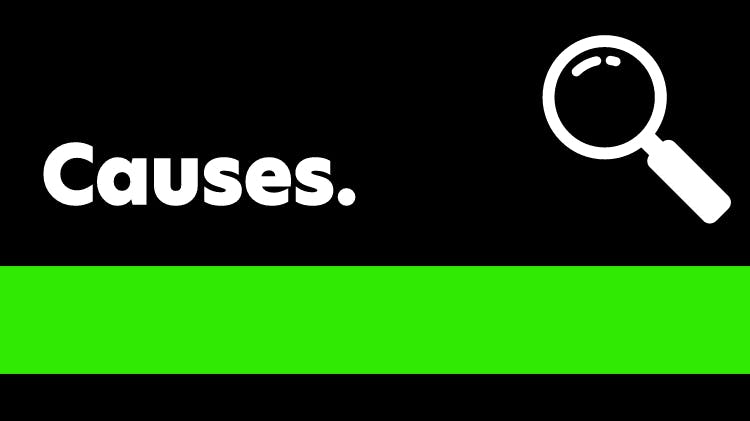Signs & Symptoms of Back Pain

Back pain usually comes along with symptoms that are highly recognizable despite resulting from a number of causes. General stiffness, shooting pains, or localized pains that worsen when patients move their backs are all classic symptoms of back pain. It’s important to thoroughly discuss these symptoms with your patients as you work towards delivering diagnoses and treatment plans that can help to get them back on track. See below for quick tips and references that will help you to better discuss and assess your patients’ back pain symptoms.





